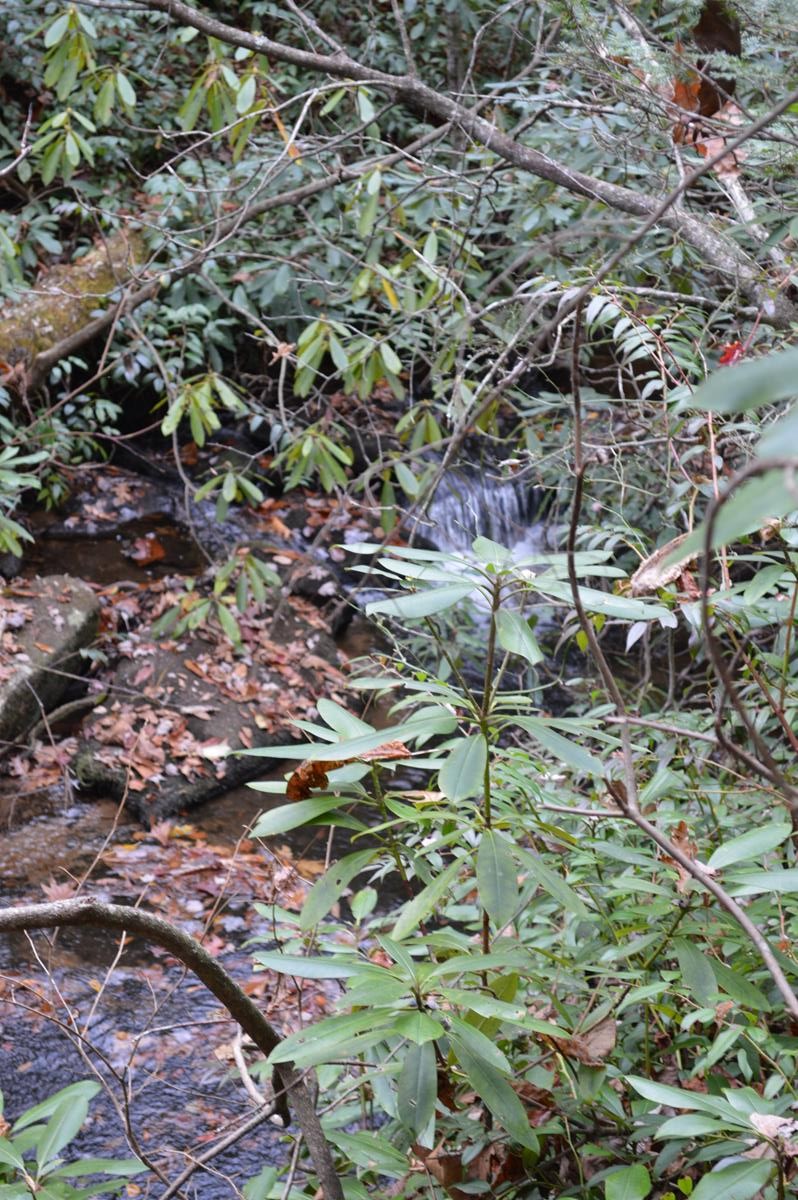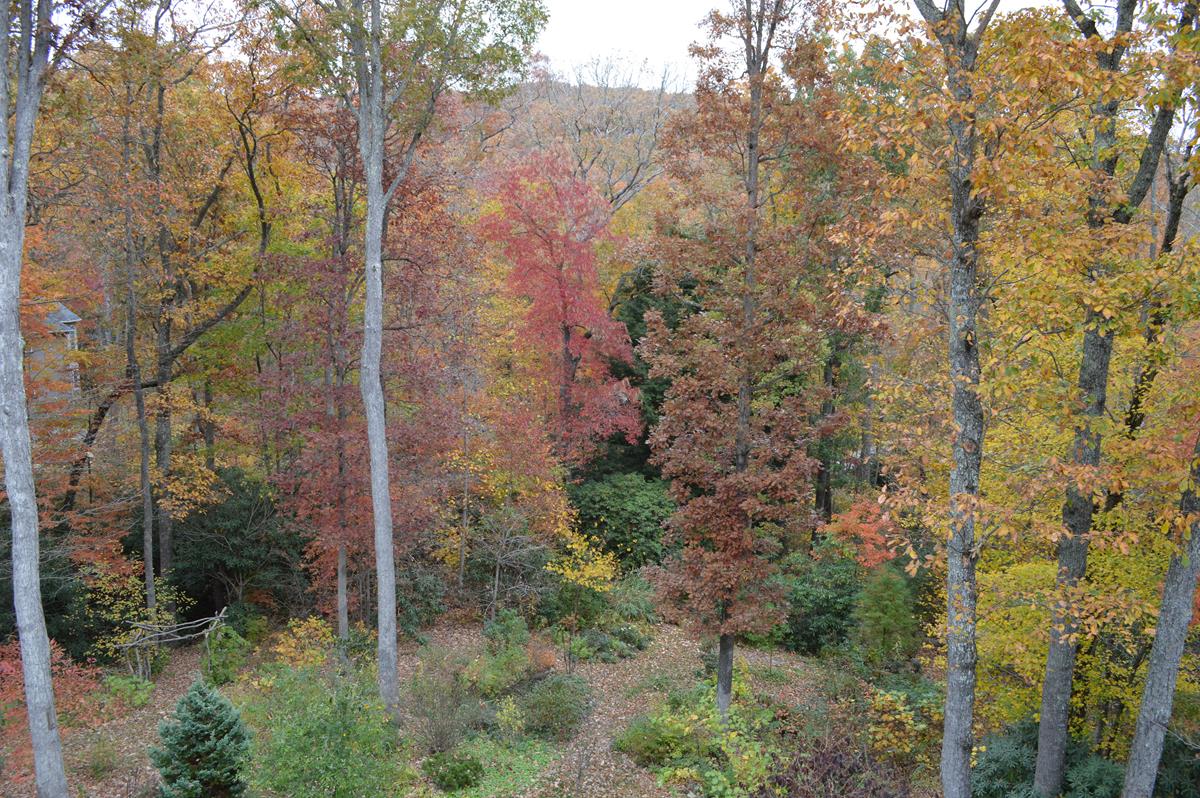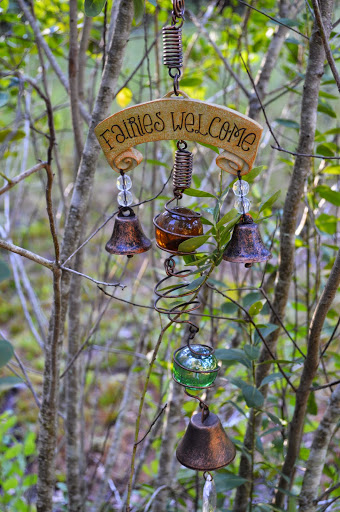Fairy Garden
Fairy gardens are small, whimsical, and imaginative garden spaces that incorporate miniature plants, furniture, and other tiny decorations to create a magical, fairy-tale-like atmosphere. They are often inspired by folklore and stories about fairies and other mythical creatures. Fairy gardens can be made indoors or outdoors, depending on the available space and personal preference. They are a popular DIY project for garden enthusiasts and can be a fun activity for both children and adults alike.
Fairy gardens can be a wonderful way to express creativity and engage with nature. They can also be a delightful conversation starter and add a touch of enchantment to any space.
To create a fairy garden, consider the following steps:
- Choose a location: Fairy gardens can be created in various locations, such as a corner of your yard, a container or planter, a terrarium, or even inside an old birdhouse or tree stump.
- Prepare the space: If you are creating an outdoor fairy garden, clear away any debris and level the ground. If you are using a container, make sure it has proper drainage.
- Select a theme: You can choose a specific theme or story for your fairy garden to make it more personal and unique. Some popular themes include enchanted forests, magical meadows, or fairy-tale cottages.
- Gather materials: You will need miniature plants, furniture, and other decorations to create your fairy garden. Consider using small succulents, moss, and miniature flowers for the plant life. For furniture, you can use tiny chairs, tables, birdhouses, or even create your own with natural materials like twigs and acorns.

- Design the layout: Sketch out a design for your fairy garden, including the placement of plants, furniture, and other decorations. Think about how the elements will interact and how they will create a sense of depth and dimension.
- Plant and decorate: Place your miniature plants, furniture, and decorations according to your design. Use a mix of textures, colors, and sizes to create visual interest. Don't forget to include a fairy house or other dwelling for your imaginary fairy residents.
- Maintain your garden: Like any garden, a fairy garden requires maintenance, such as watering, pruning, and occasional rearranging of elements. This will keep your garden looking fresh and magical.
Fairy Garden Locations and .........??????

First we will start with some locations that we think might be a place that a fairy might build a garden. Plus, It will give me a chance to show off some of my wife's photographic talent.
This is not a garden planned for fairies. It is a very beautiful well planned backyard garden that is a serene place to go for quiet meditation. We are lucky enough to be good friends with the person owns this. She also designed, built and maintains this garden. We will be able to show many photos of her work.
Just look at the all the possible places for fairies to live and hide. They could have a garden just about anywhere you see in these photos.
In the above picture, on the left, see a stone path leading down to a pond covered with lily pads. Here is a photo of that lily pond. How many places could a fairy hide?
Here Is How To Be Creative In Your Garden
Fairy gardens can be customized to suit personal preferences, tastes, and available space. They can be as elaborate or as simple as desired. Here are some creative ideas you might add to help you create a unique and enchanting fairy garden:
- Lighting: Adding lighting to your fairy garden can make it even more magical. Consider using solar-powered LED lights, tiny string lights, or even glow-in-the-dark paint to illuminate your garden at night.
- Water features: Incorporating a small water feature, such as a miniature pond, fountain, or birdbath, can add an extra touch of enchantment to your fairy garden.
- Fairy figurines: You can use fairy figurines or other mythical creatures to bring life to your garden. There are many options available online or in specialty stores, or you can create your own using clay, wood, or other materials.
- Natural elements: Consider using natural materials like stones, pebbles, or wood to create pathways, bridges, or fences in your fairy garden. You can also use leaves, pinecones, and other organic materials to make unique decorations.
- Seasonal touches: Change the decorations in your fairy garden according to the seasons or holidays. For example, you can add tiny pumpkins during Halloween, miniature snowmen during winter, or colorful eggs during Easter.
- Interactive elements: Create interactive elements in your fairy garden, such as swings, see-saws, or even a tiny sandbox, to make it more engaging and playful.
- Personal touches: Incorporate items that hold personal meaning or represent your hobbies and interests. For example, you can add a tiny bookshelf if you love reading or a miniature easel if you enjoy painting.
- DIY decorations: Get creative and make your own decorations using polymer clay, wood, or other materials. You can paint or decorate these items to match the theme and color scheme of your garden.
Remember, there are no strict rules when it comes to creating a fairy garden, so let your imagination run wild and have fun with it. The most important thing is to create a space that brings you joy and provides a sense of wonder and magic.
Regenerate response
Plan the Design
Create a magical miniature container garden that will enthrall your kids. In this make-believe landscape, a pint-sized bush is a large tree, twigs and leaves turn into furniture, and tiny woodland sprites are as close as your imagination. Arranging plants just-so can create the effect of a little forest, a mossy lawn and other scaled-down echoes of Mother Nature's grander schemes. Then start imagining the fairies that visit late at night when the world is asleep.
Here is a link to a video that shows how to build your own Outside Fairy garden.




